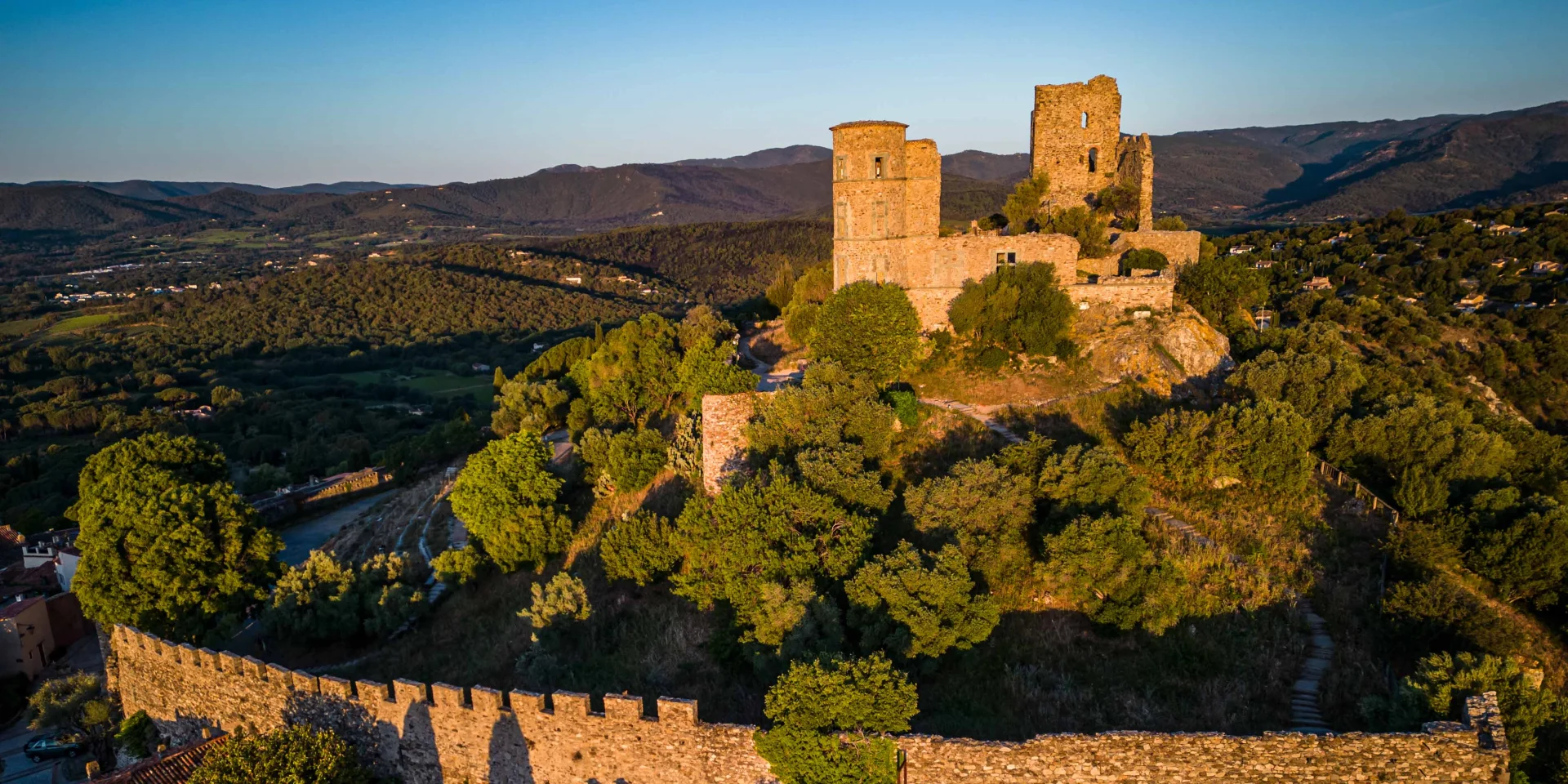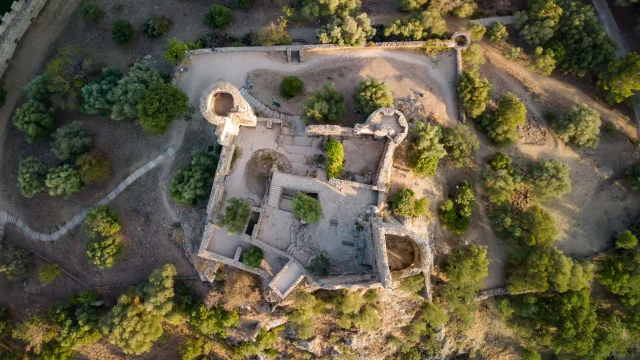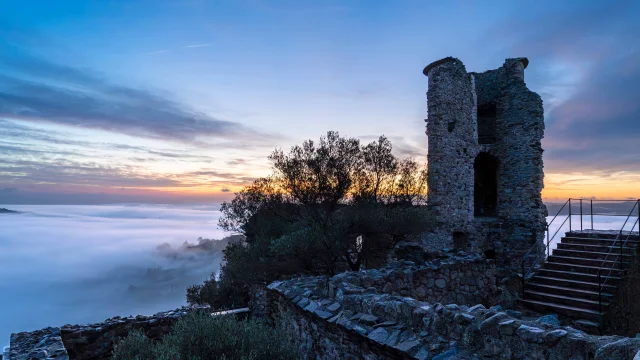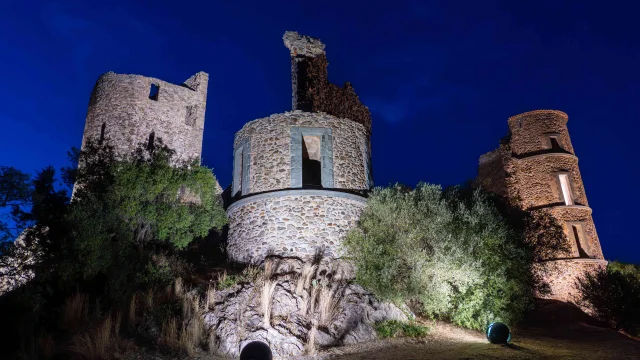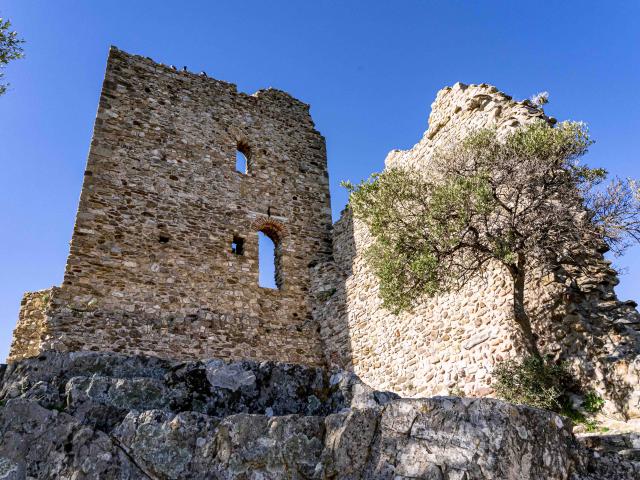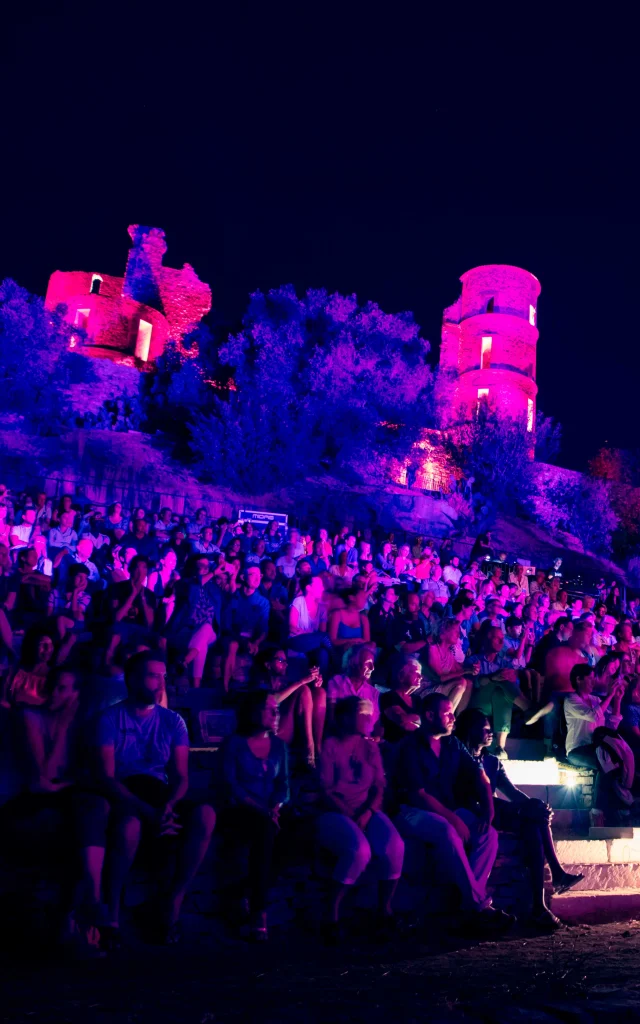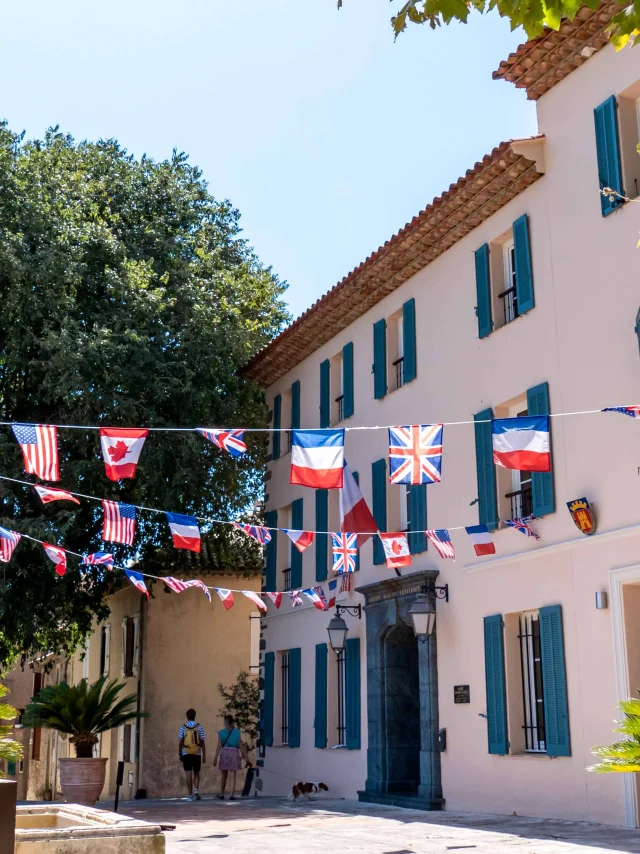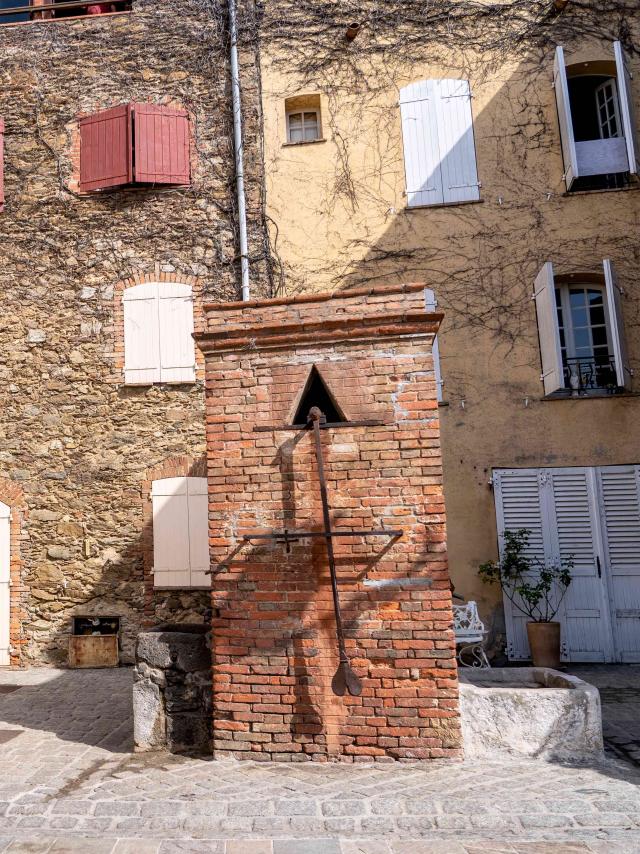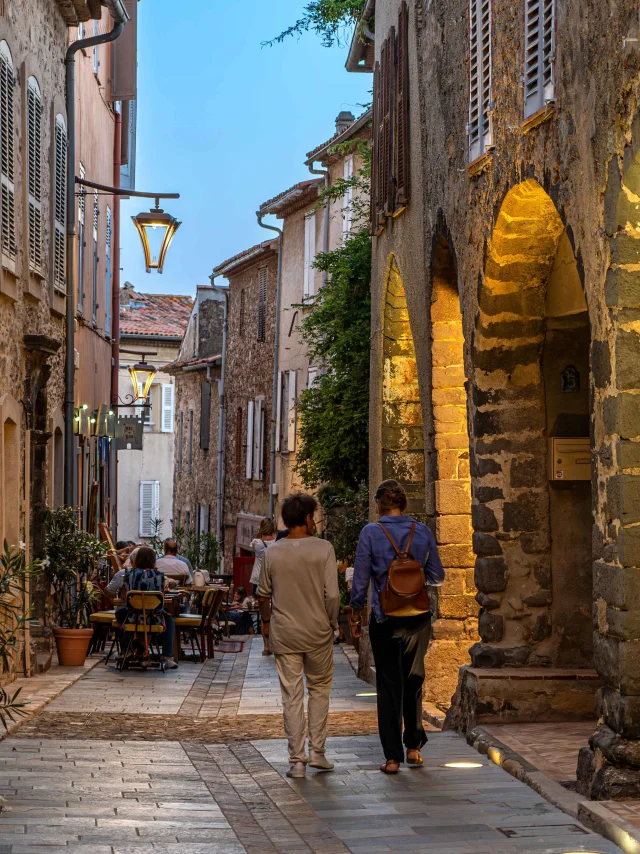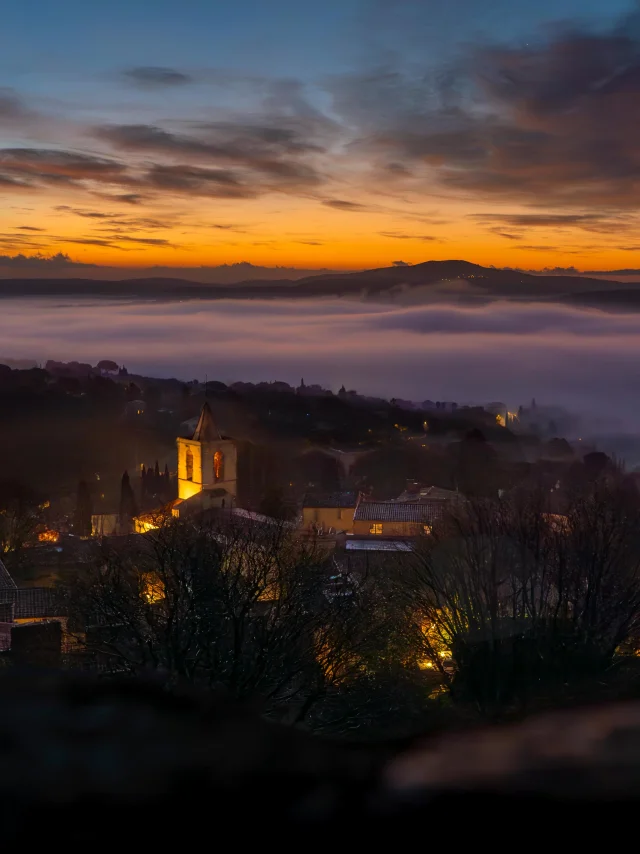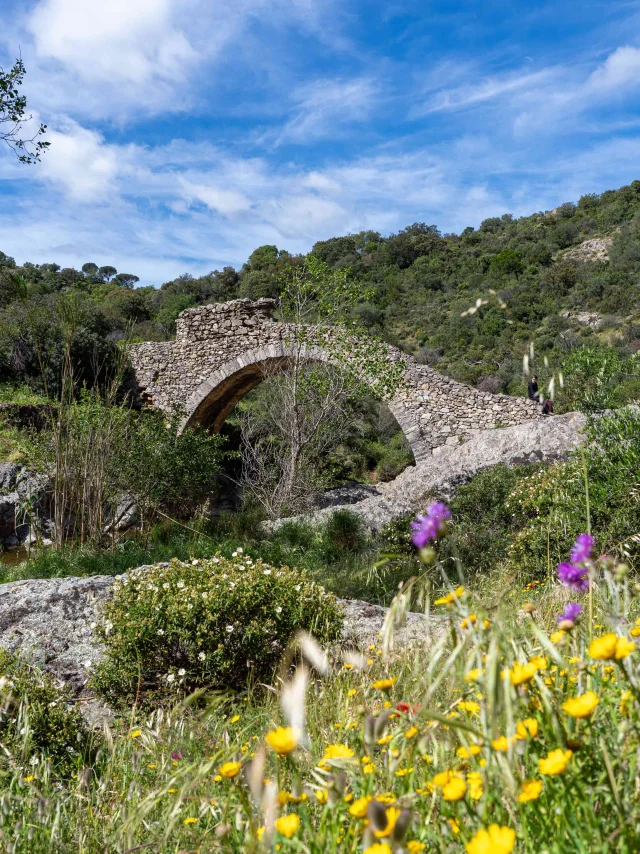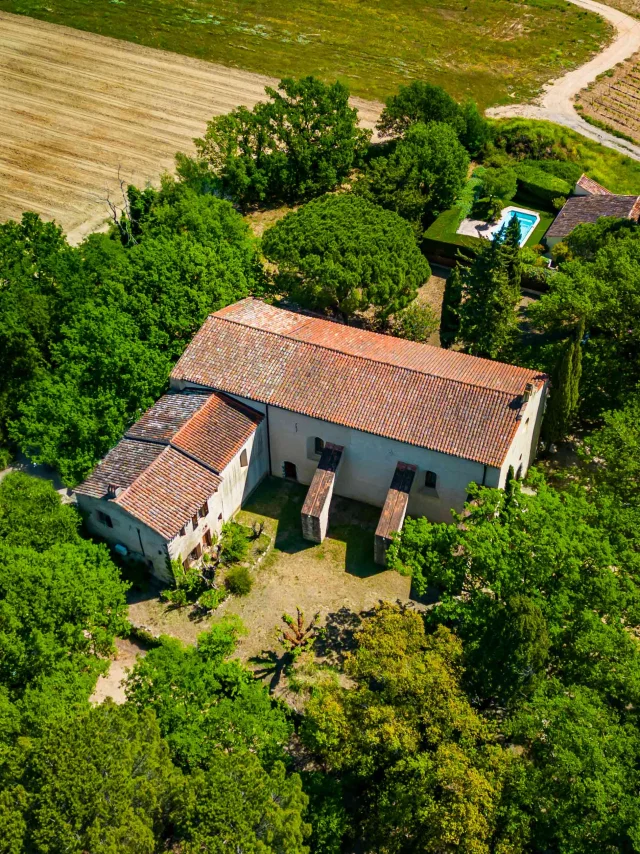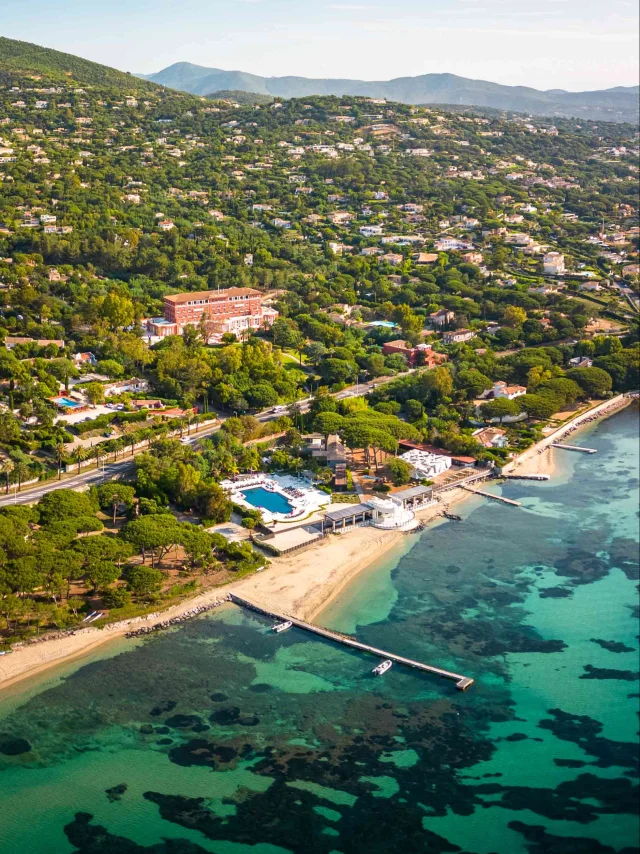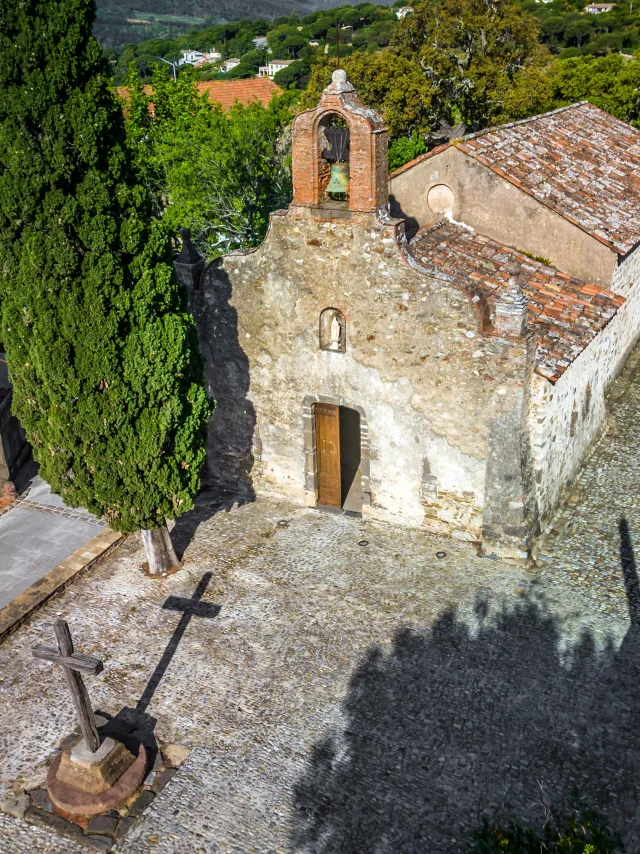Castle of Grimaud
The building and destruction
The village grew and the economy developed for three happy centuries. This prosperous period of agricultural development ended in the middle of the 14th century. Economic and demographic crises due to the plague obliged the inhabitants to assemble around the castle and build a rampart for their protection in the 1370s. The fortified front door was once here, but only a few traces now remain.
The fortifications evolved over time; somewhat basic in the 11th to 13th centuries, extended in the 15th century, to reach their peak during the 17th century with the De Castellane family. This family decided to turn the castle into a leisure residence and use it for receptions. The De Castellane’s lived in their manor house on Rue des Templiers (Templars street) at the time.
The castle was abandoned in the late 18th century, declared a stone quarry and dismantled.
The materials that could be sold at the highest prices such as lava stones and serpentine rock, were removed by a stonemason and sold. This dismantling after the French Revolution resulted in the castle’s destruction.
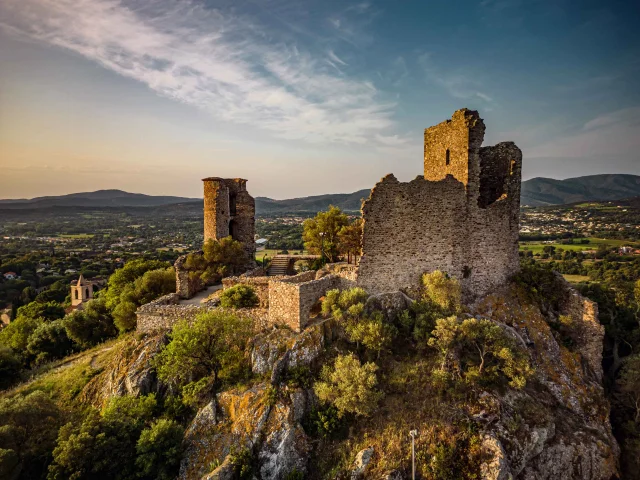 Chateau De Grimaud Var 23
Chateau De Grimaud Var 23